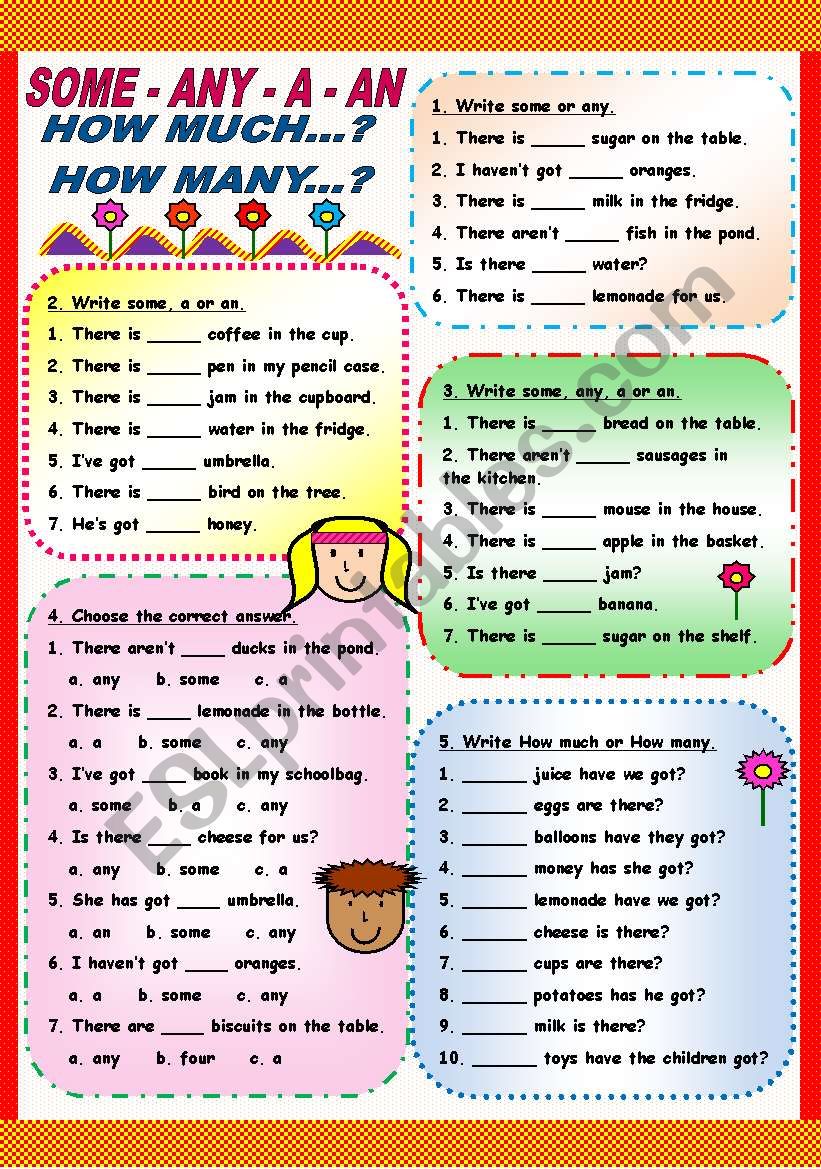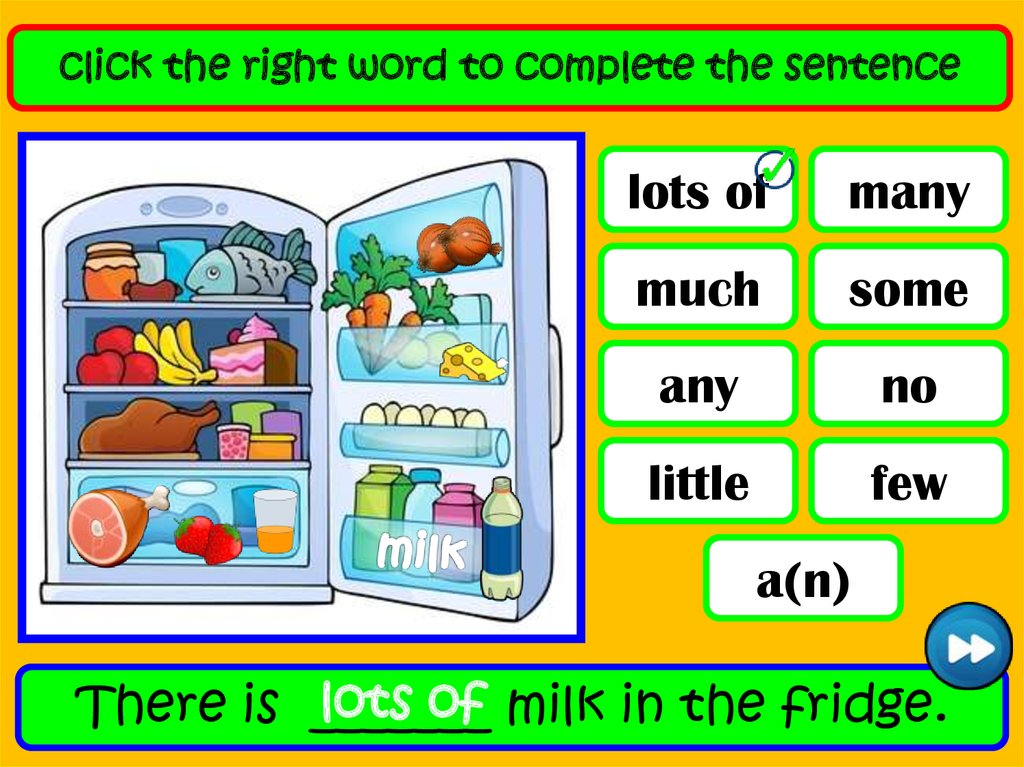

She asked viewers to send videos to her email address, which is what Bieber’s mother kept doing. Harper shot hers in her bedroom and also posted clips of DIY crafting, another emerging YouTube subculture. (Briefly, in 2006, one of the most popular YouTubers was Peter Oakley, a well-dressed British retiree who went by geriatric1927 and would reminisce about his life.) Quagliarello encouraged her team to make videos introducing themselves.

Instead, YouTube was overflowing with aspiring comics, filmmakers, musicians, hobbyists, and enthusiasts in every niche imaginable, searching for an audience or just tinkering with a new canvas. Influencers as we know them now didn’t exist. The company started sharing advertising sales with popular YouTubers in 2007, but the funds were sparse. Officially, these team members were called “community managers.” But a colleague devised a more resonant title for the team: the coolhunters. In the months that followed, Quagliarello brought in a journalist, a radio DJ, and actual YouTubers as editors to sift through content on sports, comedy, politics, and other fields, finding gems that viewers might love. Harper, a high-school friend of one of YouTube’s founders, Steve Chen, joined shortly after. She started with Joseph Smith, a graveyard-shift screener at YouTube whom everyone called “Big Joe,” who was remarkably adept at spotting budding viral hits before they exploded in popularity. Flush with Google cash-the internet giant had just acquired the start-up for $1.65 billion-Quagliarello recruited a small team of staffers to keep close tabs on YouTube’s sprawling culture.

Mia Quagliarello, who had been a manager at iTunes, joined the company to program YouTube’s homepage and packages for partners such as Verizon.

Apple, which was preparing to debut a new gadget, the iPhone, was interested in something similar, according to multiple people at YouTube involved in discussions. Verizon Wireless, which agreed to put a limited version of YouTube on its mobile phones later that year, wanted a more finely curated selection of clips. By the summer of 2006, YouTube had already become a mass-media must-see, with more than 100 million daily views. But wider exposure and new business deals demanded a better approach. A fair number also came in through its homepage, which company engineers populated by slotting in popular or amusing videos between coding sessions. When YouTube was founded in 2005, people often arrived at its videos from a link sent by a friend or found in a Google search. (YouTube and its parent company, Google, declined to comment for this story.) But in the site’s early days, the service took a different approach to recommending footage. Today, YouTube is known for its powerful recommendation algorithm: a system criticized for driving people to radical beliefs, conspiracies, and online echo chambers. Harper was one of YouTube’s “coolhunters,” a team once tasked with curating videos on. The singer’s mother had been badgering her with emails to feature her son, Justin Bieber, on YouTube’s homepage. On her screen, a preteen with a buzz cut and an oversize dress shirt was belting out an Alicia Keys song. It was early 2007 when Sadia Harper called her YouTube co-workers to her desk to watch.


 0 kommentar(er)
0 kommentar(er)
